Construction is one of the most dangerous industries in the world. With more hazardous work comes a greater incident rate, a greater likelihood of workers’ compensation claims, and (as a result) greater insurance expenditure for contractors.
BUT contractors don’t need to accept steep insurance premiums and frequent workers’ compensation claims as a regular part of their budgetary allocations. Instead, contractors should address proactive safety measures head-on and look to leverage technology as a means of reducing the risk of incident on jobsites.
Table of Contents
What is a Workers’ Compensation Claim?
How Do Workers’ Compensation Claims Work in Construction?
Why Construction Companies Need Workers’ Compensation Insurance
Case: April 2021 in New York City (NYC)
How Do Workers’ Compensation Claims Affect Insurance Premiums?
How to Reduce Workers’ Compensation Claims in Construction
1. Construct a Safety Culture
2. Use Construction Safety Technology
Conclusion
What is a Workers’ Compensation Claim?
Workers’ compensation is an insurance program aimed at providing benefits to workers who are injured or become ill from an incident related to their employment. A workers’ compensation claim is a formal application for insurance benefits when an incident, illness, or work-related disability occurs.
Naturally, some industries and jobs are more dangerous than others; so, there is a disproportionate volume of claims for these more hazardous industries/positions. Unfortunately, construction workers rank amongst the top 10 with respect to annual workers compensation claim volume.
Here are the top 10 industries for workers compensation claims:
- Non construction laborer’s
- Semi-truck drivers (truck accident injuries)
- Maintenance employees/janitors
- Nurses’ assistants
- General repair workers
- Retail employees/salespeople
- Registered nurses
- Stocking clerks
- Construction workers
- Delivery drivers
How Do Workers’ Compensation Claims Work in Construction?
Though the actual rollout of workers’ compensation claims is somewhat nuanced based on the insurance provider, insurance structure on the project, and the governing state, there is a general workflow that most claims will follow:
Here’s what you can expect from a general workers’ compensation claim:
- Incident occurs that results in injury or illness of a worker.
- Depending on the insurance structure on the project (traditional or wrap-up), the insurance provider is contacted by either the subcontractor or the general contractor.
- The worker is treated for the injury or illness in question.
- The general contractor or subcontractor pays a portion of the total claim cost, depending on the insurance package they have.
- Insurance premiums will likely increase.
Why Construction Companies Need Workers’ Compensation Insurance
Workers’ compensation insurance is essential for all major general contractors, construction managers, and subcontractors because it protects both your company as well as the workers on your sites.
Here are some stats from Gateway Injury Law to reinforce the need for workers’ compensation insurance:
- In 2015, workers’ compensation claims cost American employers $61.9 billion.
- $31.1 billion in medical benefits.
- $30.7 billion in wage-related benefits.
- In 2017, 5,147 employees died due to work-related injuries or illness in the United States.
- The construction industry recorded the most fatalities, accounting for 971 of that total.
The silver lining for contractors is that employers have only been responsible for paying $1.30 for every $100 paid through workers’ compensation claims. However, that 1.3% still costs employers a substantial amount. In fact, slip and fall injuries cost an average of $46,000, fire and burn injuries cost $48,000, and motor vehicle injuries run an average of $78,000.
Case: April 2021 in New York City (NYC)
NYC is widely accepted as the largest construction hub in North America. In fact, the Department of Buildings keeps public record of all active construction projects in the city. As of mid-May (2021), there are 6,122 active construction permits in the state.
Source: Department of Buildings
With great project volume, and a great volume of mega projects (such as high-rise construction), comes a great volume of project risk. Across these projects, the Department of Buildings recorded 69 incidents in April, two of which were fatal, with the other 67 requiring workers’ compensation claims.
And the costs don’t end there, as each workers’ compensation claim also result in lost labor on the project as well as negative impacts on insurance premiums.
How Do Workers’ Compensation Claims Affect Insurance Premiums?
Builders insurance provides protection for owners, general contractors, construction managers, and subcontractors that facilitate projects. This insurance can either be purchased individually by each company participating on a project (the traditional route), or it can be bundled and purchased in bulk by the general contractor or project owner (the wrap-up route).
One of the key coverages under these insurance policies is workers’ compensation.
When an incident occurs, the insurance provider will cover the majority of the cost, however, contractors will still be liable for somewhere between 1-4% of the total claim volume, depending on the insurer, the insured, and the insured’s claim history. The greater the volume of claims on record, the greater the premiums will for the insured.
Though 1-4% may seem insignificant, on major claims, a percentage point could amount to tens of thousands of dollars at the expense of the insurance holder.
How to Reduce Workers’ Compensation Claims in Construction
It’s a simple equation:
Fewer onsite hazards = fewer incidents = fewer workers’ compensation claims = improved insurance rates
Here are a couple steps that can be taken to improve overall jobsite safety and mitigate the greatest volume of workers’ compensation claims on your projects.
1. Construct a Safety Culture
Safety is essential in construction, but not all projects promote safety equally. Building a safety culture means weaving safety into the beliefs, attitudes, and values of every worker on your project. It starts at the top, and needs to be promoted by middle management, all the way down to the frontline staff. Achieving a strong safety culture is vital to the overall success of a safety program.
Here’s how you can foster a stronger safety culture on your projects:
- Provide thorough site safety orientations. One of the most effective ways to propagate a safety culture is by making it a focal point before subcontractors and their workers ever enter the jobsite. By using digital tools to emphasize safety values and address key safety initiatives that will be in-place on your project site, you can set the precedent for all future site behavior.
Source: myComply
- Lead by example. If workers see site supervisors and other leadership personnel following all site safety procedures and not cutting any corners, then they are that much more likely to do so themselves.
- Communicate safety regularly and thoroughly. By installing safety conversation into daily stand-ups and instigating weekly or biweekly safety talks, you can ensure that any unsafe behavior is nipped at the bud.
- Incentivize reporting of unsafe or hazardous behavior. Safety should never be the sole responsibility of site supervisors and project managers. By building a program that rewards workers for reporting unsafe activity, you help to place the ownness on every worker.
2. Use Construction Safety Technology
One of the best ways to mitigate the risk of incident and work towards the goal of achieving zero accidents onsite is to deploy workforce monitoring technology. These technologies serve to provide an extra layer of insurance by doing what supervisory staff cannot.
Here are some of the leading construction safety solutions for contractors.
Wearable Worker Monitoring Technologies
Worker monitoring technologies can be defined as a suite of smart devices that track things like worker movements, exposure to airborne particulates, dangerous levels of noise, heart rate, body temperature, fatigue, and more.
Some of the technology leaders in this space include: Kenzen’s heat monitoring system, Triax’s Spot-r Platform, and SmartCap’s hardhat technologies.
Here’s what a Kenzen stop work order looks like when delivered to a mobile device:
Source: Kenzen
These technologies can help to reduce workers’ compensation claims by identifying potentially dangerous behaviors and dangerous environments before workers themselves may acknowledge the risks that they are taking.
However, one of the greatest perceived downsides to worker monitoring solutions is the invasion of privacy that such accurate movement tracking solutions present. Additionally, depending on the device, monitoring technologies can be bulky and interfere with day-to-day tasks.
Furthermore, solutions like this are inherently reactive. Although they are of great value in providing information and addressing workers in distress, they do little to prevent the activities and behaviors that actually induce distress.
Access Control & Compliance Technologies
There are many reasons that accidents occur, and some are easier to mitigate than others. That being said, there are proactive steps that can be taken to help reduce the majority of these scenarios. For example, best-in-class access control technologies prevent workers with expired certifications from entering jobsites, guaranteeing that all workers meet necessary work requirements and have had recent training for the risks that they will be facing onsite.
These technologies also serve to give the general contractor a birds-eye-view of all site activities. They can see exactly what subcontractors enter the jobsite, who they bring with them, and exactly how many hours each worker spends onsite.
Here’s how it works:
Source: myComply Access Control Technology
Not only do access control technologies, like the one in the video above, reduce the risk of incident (therefore, worker compensation claims), but they can also be tool for general contractors and construction managers to leverage as a means of reducing insurance expenditure. Just like a home security system serves to reduce your home insurance, compliance software can reduce the cost of your traditional or wrap-up policy.
Learn more about the importance of technology in today’s construction landscape by reading Construction Technology: Adopt or Die
Conclusion
If you’re a general contractor or construction manager, then reducing the risk of incidents on your sites is of paramount importance. By taking the steps outlined here and by leveraging available technologies, you can take a proactive (rather than reactive) approach to preventing incidents on your sites. That means reducing incidents, reducing your insurance expenditure, and sending more workers home safely to their families at the end of the day.
Interested in learning more? Check out The Fundamental Guide to Measuring the ROI of Safety in Construction!

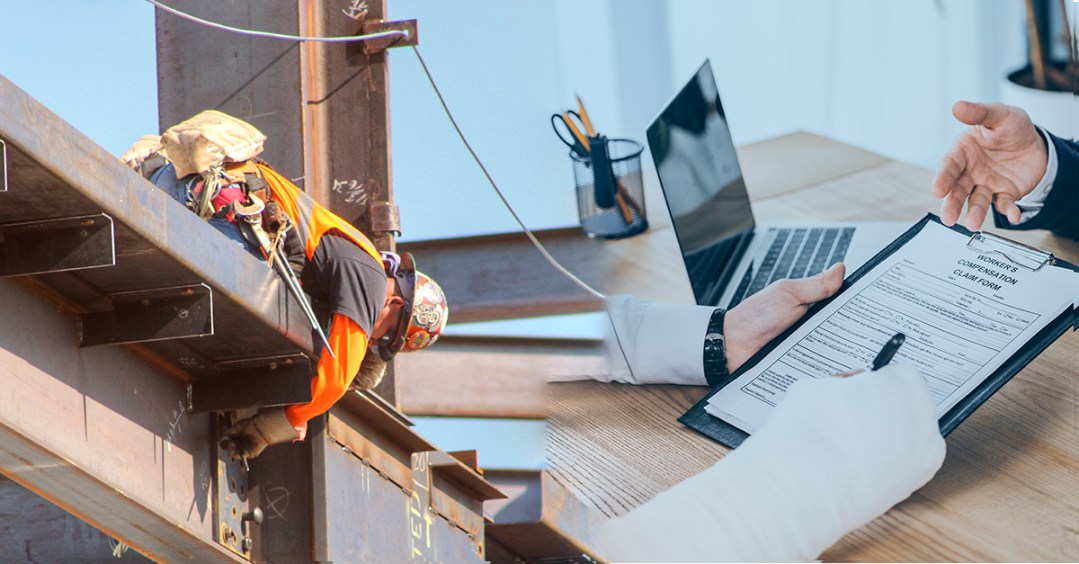

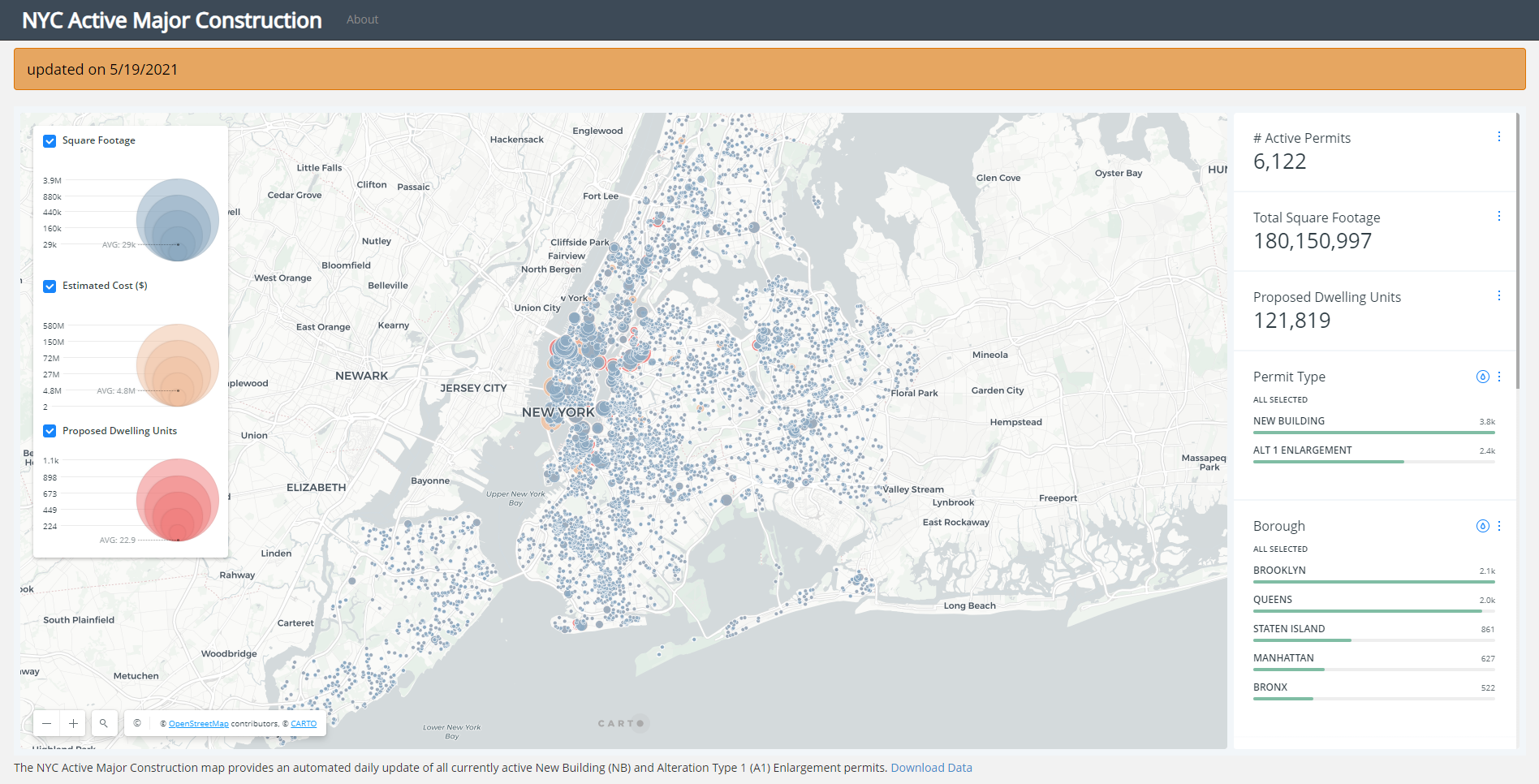

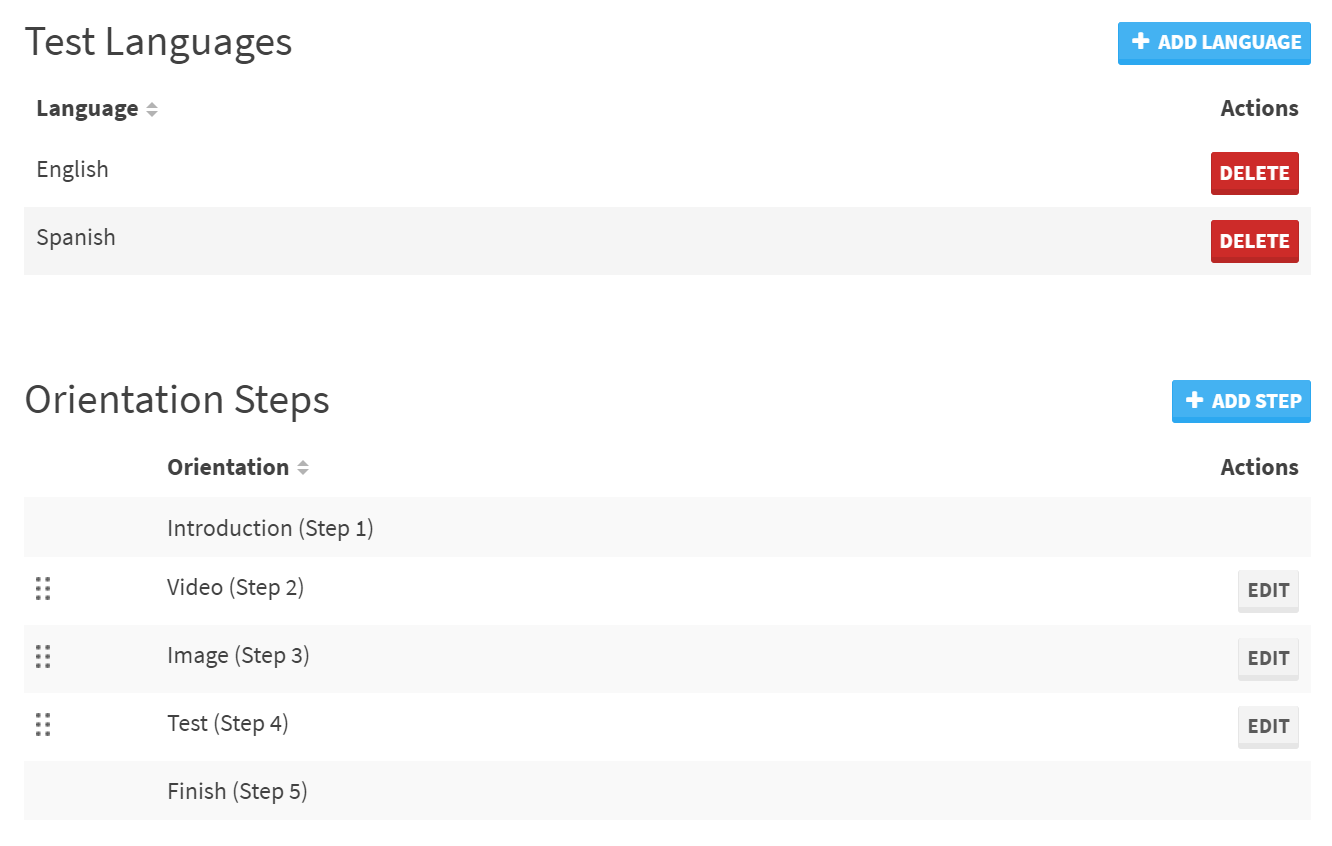
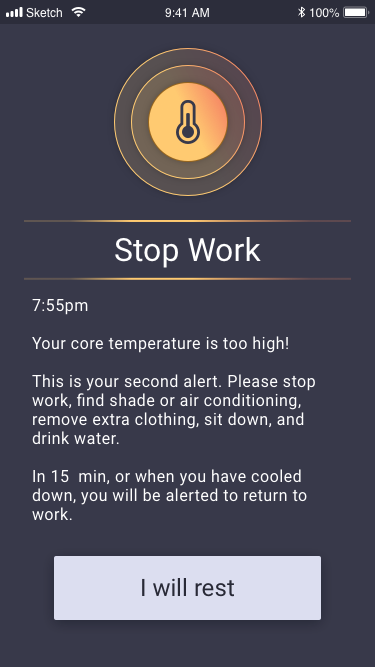
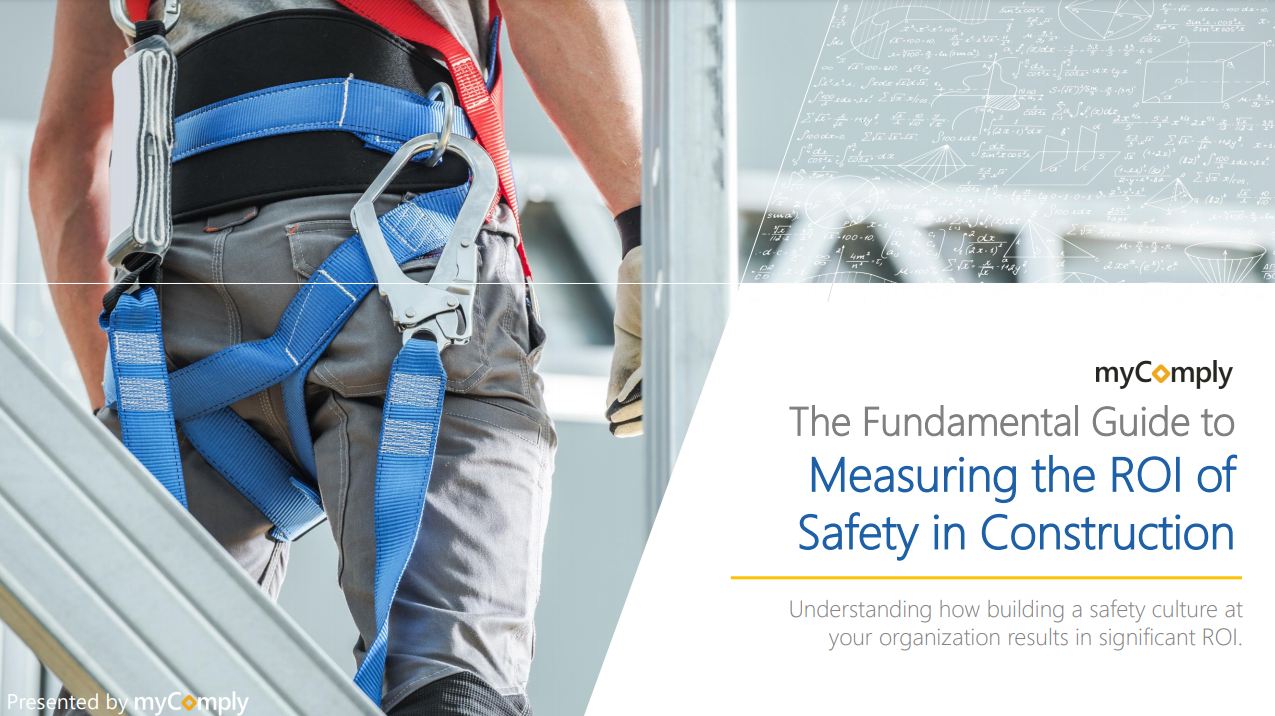
I am a civil engineer and I am looking into the construction industry as my specialty using geosynthetic Technology. I believe that it has a more positive impact on the community and high quality innovation. It is so nice to see articles like this to enhance my skills.
I am an engineer and I am looking into focusing providing high quality training to people to produce high quality service. I believe that it has a more positive impact on the community and high quality service through proper training. It is so nice to see articles like this to enhance my skills.
To determine whether the overall completion date of the project is delayed, or remains the same as a result of the delays;